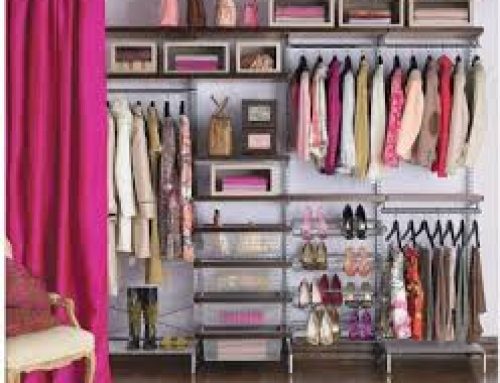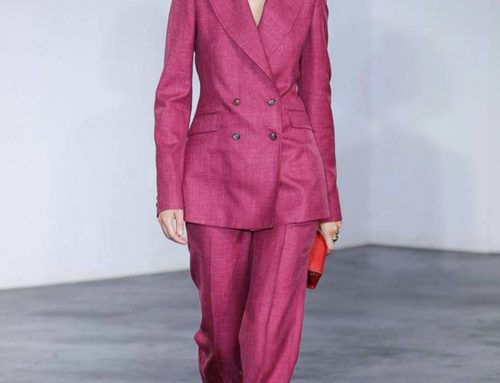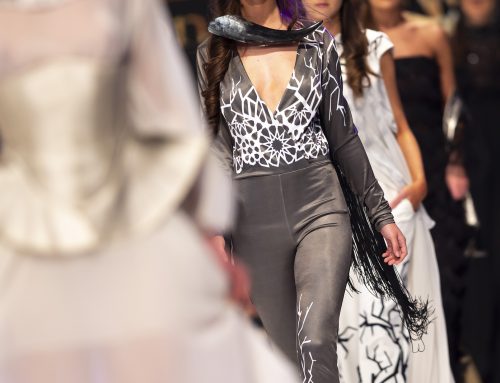There’s a change underway in many corporate environments. Offices that, for men certainly, were once the domain of a well-cut suit, polished shoes and a tie are seeing dress codes changing.
But can the men who’ve always been used to wearing the same kind of outfit to work keep up with the change? According to the Wall Street Journal, failing to master situational dressing could be costing companies deals.
Situational dressing means tailoring your outfit to suit the meeting or business you’ll be walking into. It’s about being relatable to clients or business associates and being able to read a room.
And there are plenty of pitfalls. “Dressing too formally in certain settings can telegraph an unwillingness or inability to adapt. Showing up in jeans and a sportcoat when a client expects a suit can mark the wearer as not serious enough,” the publication explained.
Businesses that want to help their employees pitch their outfits at the right level may therefore want to pay for a corporate stylist to advise people on the best styles to wear for particular meetings.
It seems that a growing number of businesses around the world are taking this onboard, including those that would be considered to be traditional in terms of dress code.
And there’s the issue of potential discrimination when it comes to a company’s dress code. Back in 2016, for instance, Nicola Thorp put dress codes in the spotlight after she was sent home from PwC for refusing to wear two to four-inch heels while working as a receptionist at the firm.
At the time she argued that although the company had a formal dress code, women could still be smart wearing flat shoes just as they can in heels.




